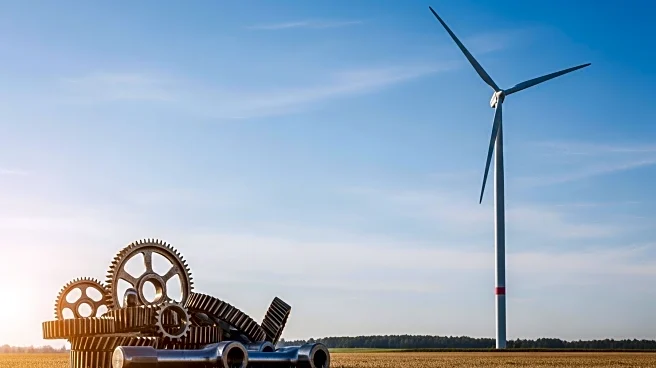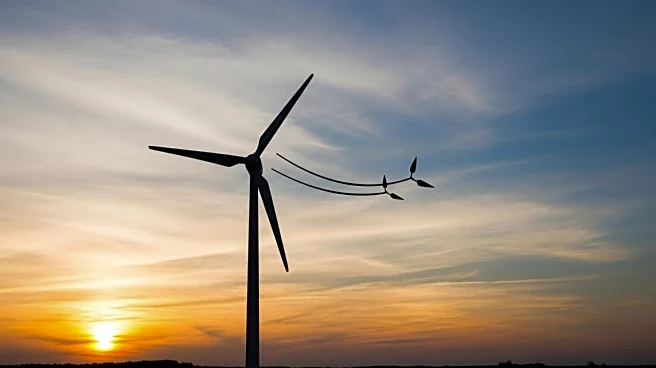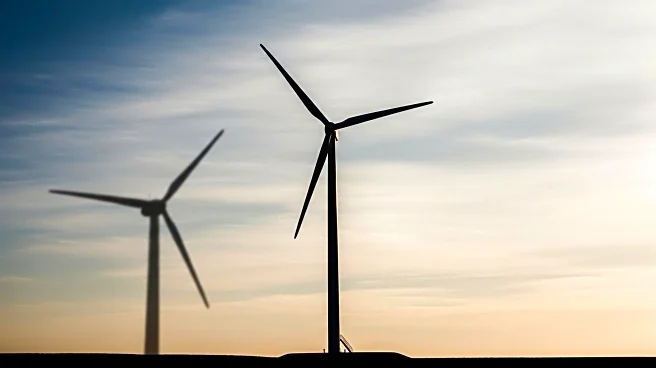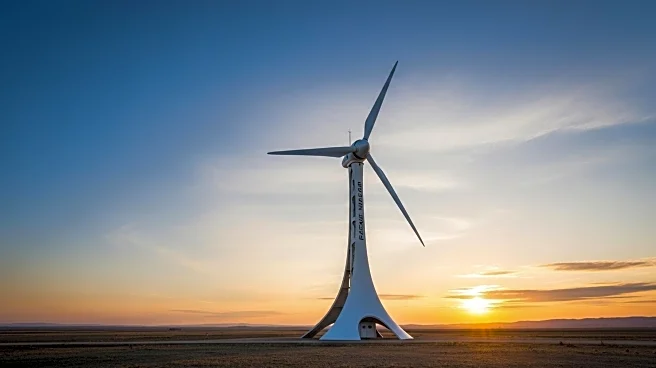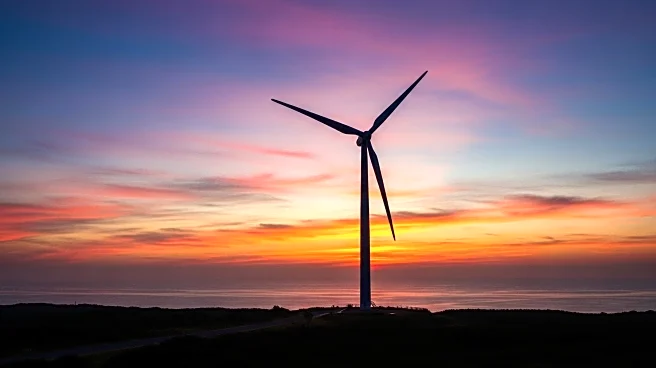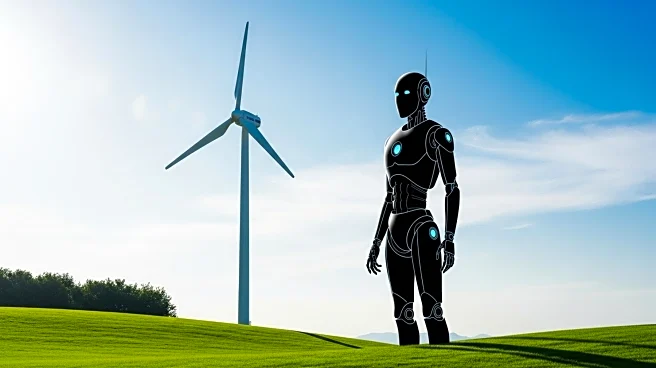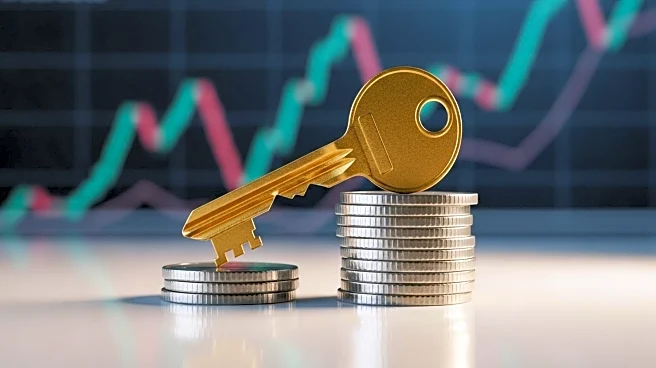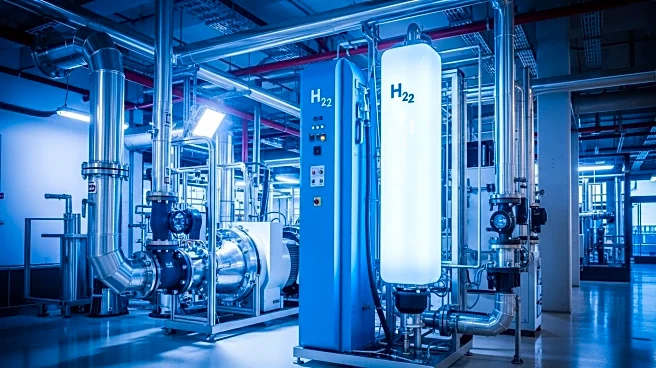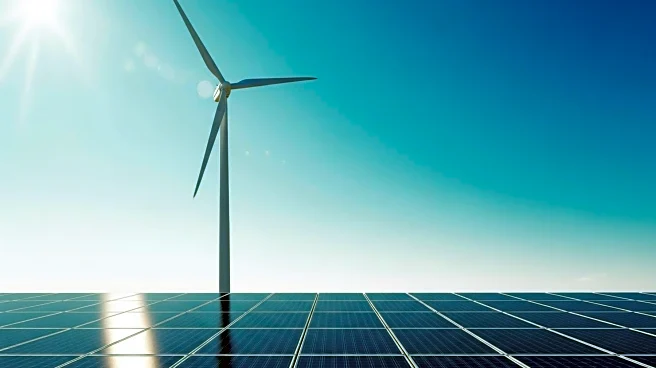What's Happening?
Orsted, a leading company in the offshore wind industry, has announced plans to reduce its global workforce from 8,000 to 6,000 by the end of 2027. This decision comes as the company navigates various challenges within the renewable energy sector. The reduction in workforce is part of Orsted's strategic efforts to streamline operations and enhance efficiency in response to market dynamics and financial pressures. The company is focusing on optimizing its resources to maintain competitiveness in the rapidly evolving energy landscape.
Why It's Important?
The reduction in workforce by Orsted highlights the ongoing challenges faced by the offshore wind industry, including financial constraints and market competition. This move could have significant implications for the renewable energy sector, potentially affecting job security and economic stability in regions reliant on wind energy projects. As Orsted is a major player in the industry, its actions may influence other companies to reassess their operational strategies. The decision underscores the need for sustainable business models that can withstand economic fluctuations while continuing to support the transition to clean energy.
What's Next?
Orsted's workforce reduction is expected to unfold over the next few years, with the company likely to implement measures to support affected employees during the transition. The industry may see increased focus on technological innovation and cost-effective solutions to address financial challenges. Stakeholders, including government agencies and environmental groups, may engage in discussions to ensure the continued growth and sustainability of the offshore wind sector. The company's strategic adjustments could lead to shifts in investment priorities and partnerships within the renewable energy market.
Beyond the Headlines
The decision by Orsted to reduce its workforce may also prompt discussions on the ethical implications of job cuts in the pursuit of operational efficiency. The move raises questions about the balance between economic viability and social responsibility in the renewable energy industry. Long-term shifts in employment patterns and industry practices could emerge as companies strive to align their operations with environmental goals while managing financial pressures.

